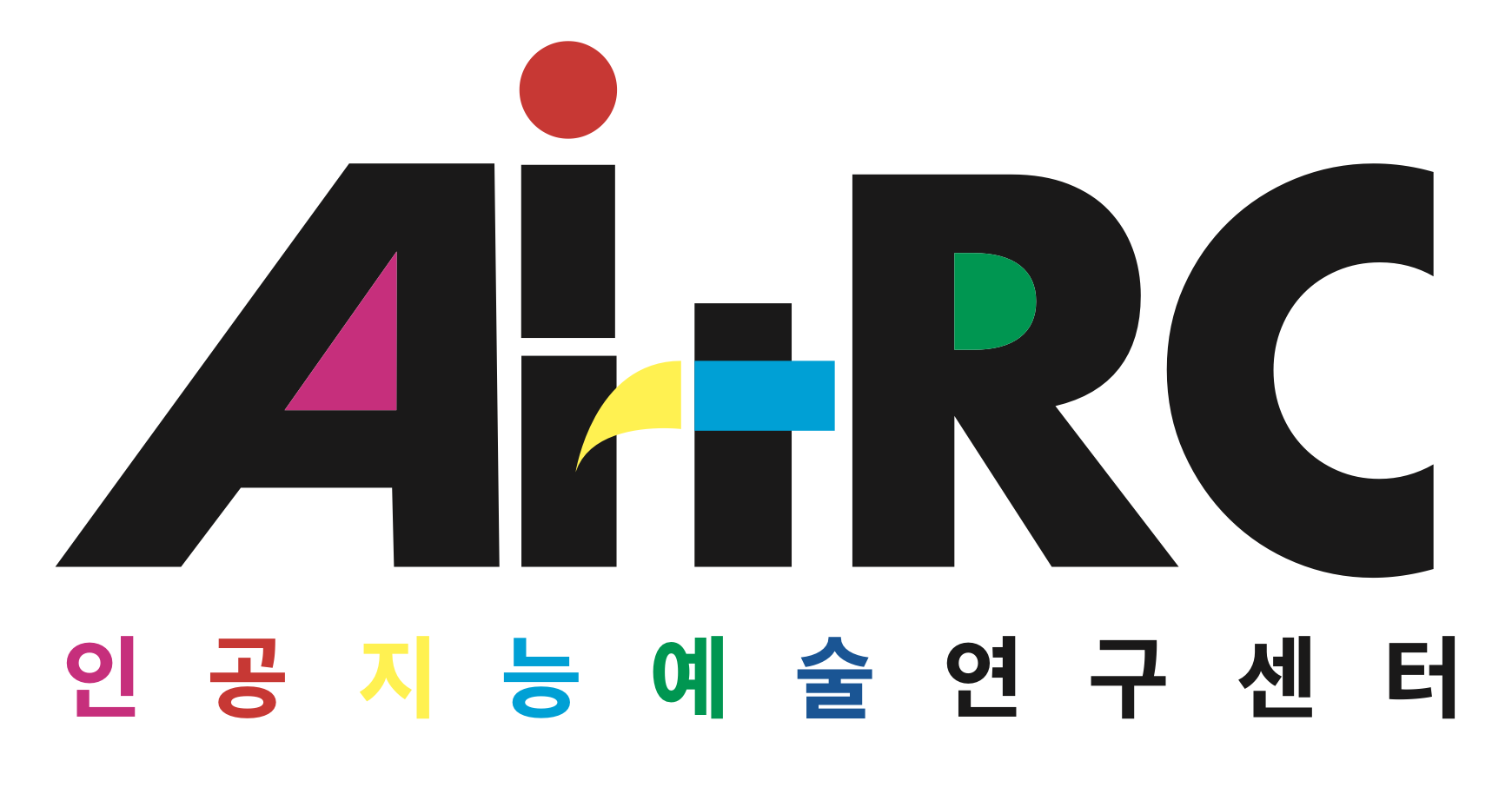초록
본 연구의 목적은 응용수학분야에서 연구되어 토목, 건축 등의 분야에서 활용되고 있는 유한요소해석에 대해 살펴보고, 이를 장신구 분야에 적용할 가능성을 탐색하는 데 있다. 유한요소법(Finite Element Method; FEM)은미분방정식 문제를 다른 형태로 바꾸고 이 해(解)를 어떤 함수의 일차결합으로 나타내는 수치적인 근사해법(approximation method)의 하나이다. 이러한 수학적 원리를 바탕으로 재료역학 등의 공학분야에서 물성과 하중 등 외부적 요인을 설정하고 대상물의 물리적 변위의 근사값을 도출하여 구조를 해석하는 것이 유한요소해석(Finite Element Analysis; FEA)이다. FEA는 컴퓨터의 계산을 통한 시뮬레이션 기술로 빠르게 정립되었고, 이후 CAD의 모델링데이터를 활용할 수 있도록 통합되어 강도, 열, 유동, 진동 등 다양한 물리적 환경의 시뮬레이션을 통해 효율적 설계를 도출하는데 활용되고 있다. 장신구는 매우 작은 사물이지만 신체 위에 착용되는 필연적 조건을 가지므로 안정적 구조로 제작되어야 하지만 이를 위해 FEA를 활용한 사례는 없었다. 연구자는 이러한 장신구의 요구조건을 충족하는 새로운 난발(Prong)의 구조연구를 위해 FEA를 활용한 난발구조를 연구하였고 4개 혹은 6개로 이루어진 일반적인 난발구조에서 난발의 개수를 최소화하여 2개의 난발구조를 가지도록 하였다, 그리고 빛의 유입을 위해 오브제를 기저부에서 2mm 위로 띄워 고정할 수 있는 난발구조를 개발하였다. 이러한 사례에서와 같이 FEA는 주얼리의 구조안정성 검증 뿐 아니라 새로운 컨셉의 디자인탐색에 도움을 줄 수있고 주얼리산업의 생산과정에서도 열과 유동의 해석을 통해 주조생산성과 품질을 개선시킬 수 있다. 또한 금속공예의 대공분야에서도 하중이나 낙하, 바람 등 다양한 물리적 외력을 시뮬레이션 하여 좀 더 안정적인 구조를도출하는데 활용될 수 있을 것이다.
The purpose of this study is to examine the Finite Element Analysis, studied in Applied Mathematics and used in the fields of Civil Engineering and Architecture, and to explore the possibilities of applying it to the field of jewelry. Finite Element Method changes differential equations into different forms and appears as one of the numerical approximation methods. With this mathematical principle background, the linear combination of the certain function’s value sets the external factors such as property and weight in the engineering field, material mechanics and Finite Element Analysis is the evaluation of the structure by approximating the physical displacement of the object. FEA quickly became a computerized simulation technology, and later integrated to utilize CAD modeling data to simulate various physical environments such as strength, heat, flow, and vibration, etc. for effective design. A jewelry is a very small object it has an inevitable condition to be worn on top of the body; therefore, needs to be made with a secure structure but, there has been no case for it with FEA. This research studies the required conditions of this kind of jewelry with new prong structure research that uses FEA and minimizes the number of prongs in the prongs’ structure to two from four or six, and developed new prong structures for the object to float 2mm above the basis for light to pass. In such a case, FEA not only verifies the structural stability but make new concept design exploration possible and can improve productivity and quality through the interpretation of heat and flow in the casting process of the jewelry industry’s production process. Moreover, various physical external forces such as weight, fall or wind can be simulated to construct safer structures for vessel making in the field of Metal Craft as well.

